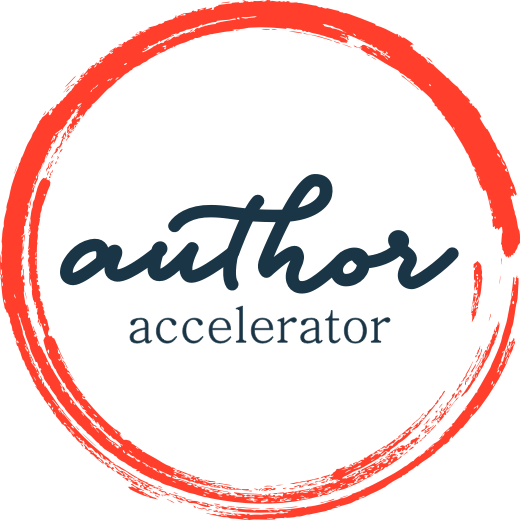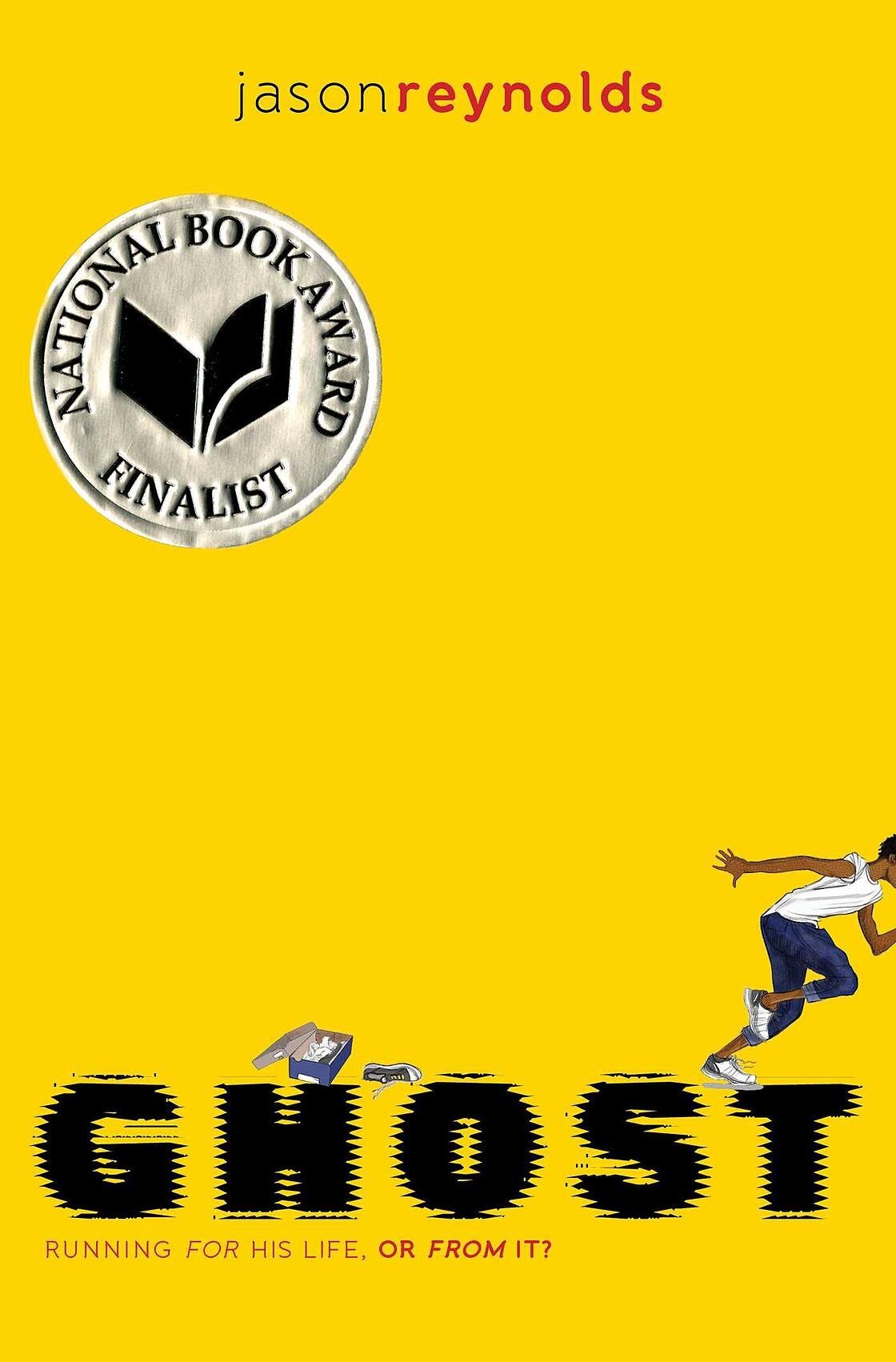Who Are You Writing For?
Today’s post comes to us from Author Accelerator CEO Jennie Nash. If you enjoy today’s content, you can sign up for Jennie's weekly newsletter here.
I frequently read books in order to help clients with the books they are working on. I might be checking out their comp titles, learning about a unique structure that might suit their material, or perhaps I just want to see what’s hot in their category. It was this last impulse that lead me to read Ghost, the first book in Jason Reynold’s track series, which was a National Book Award Finalist for Young People's Literature in 2016.
I loved this book — everything from the voice of the protagonist to the non-lecturey way the adults in the story taught the kids critical lessons to the way Ghost’s memories bubbled up and collided with the present day narrative. The ending just slayed me. I cried — and was so shocked at the cliffhanger ending, until I remembered that there are three other books in the series and understood what a brilliant decision that was.
Who wouldn’t want to read the next book??
Jason Reynolds Is Not Writing For Me
Ghost and the track series appeal to a wide range of readers, but Jason Reynolds did not write it for me.
In the acknowledgments, he thanks the usual suspects (agent, editor, his own track coach) and then he writes, "to all the young people who are running...may this book be breath."
I literally said “Aha!” when I read that — because therein lies the main reason I believe this book is so stinking good. (You DO read the acknowledgements of the books you love obsessively, right? To see who the agent was, if the writer worked with a book coach, if there were editors, friends, cheering squads — there is so much information and so much drama in the acknowledgements. It’s a gold mine for a book coach!)
I said “Aha” because Reynolds knows exactly who he is speaking to and exactly what their pain is and exactly why his stories are going to matter to them, and this is something I am constantly working with writers to define.
Reynolds did not set out to write a book for all middle school kids.
Or for middle school athletes.
Or for middle school kids who can’t afford the track shoes they need to run well.
He set out very specifically to write to kids who are running — from something, to something. On the cover, there is a tagline: Running for his life, or from it?
Reynolds centered his story on the emotion of his ideal reader: their yearning, their desire to move.
And his intention was that his story would be breath for these readers. What a powerful phrase! It wasn’t just “I hope you like my story,” or “I hope it inspires you” or “I hope it gives you hope.” He wants his book to be breath — to be life-giving, to be life-changing for this very particular reader.
Who Are You Writing For?
Whatever you are writing — middle-grade realistic fiction, a cozy mystery series, epic sci-fi, a book on business leadership, a self-help book on how to train a puppy — you have to be this specific about your ideal reader.
What do they need? Why are they coming to your book?
Although your intention can certainly sharpen as you write, and shift and deepen, it can’t really change. You need to write for your specific audience. You need to give them what they are coming for.
This means you have to know who they are — on a deep soul level.
Key Steps In the Blueprint for a Book
In each of my my Blueprint books, defining your ideal reader is a critical early step. Author Accelerator book coaches are trained in how to help writers think about this reader, understand them, and determine why they would want to read your book.
It’s easy to toss off an answer.
It’s much harder to dig deep, to imagine that reader, to know what the story is about and what it can do for them – and that work is best done in conversation with someone who will listen hard to your intention. That’s the role a book coach plays.
And it’s not work you can do when you have already written a draft of the book. I mean, you can, but more often than not, it means throwing out pages that don’t really go anywhere and don’t really do anything to move your reader.
It’s far more efficient to do this work before you start to write.
Download my free worksheet with 10 key questions to help you define your reader. If you enjoyed this download, you’ll likely enjoy my weekly newsletter where I touch on a variety of tips for writers, coaches, and other book people.


